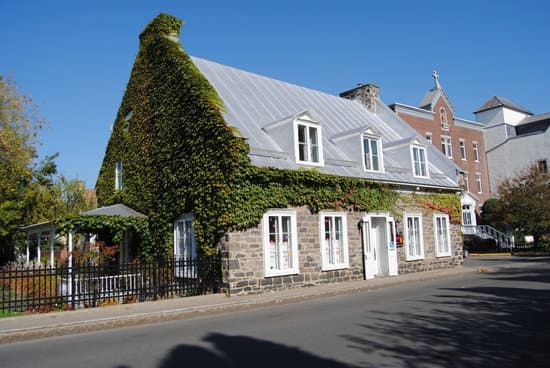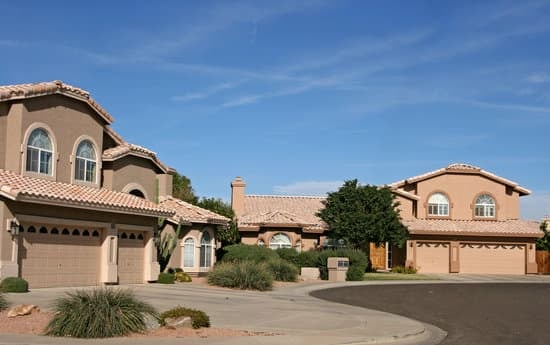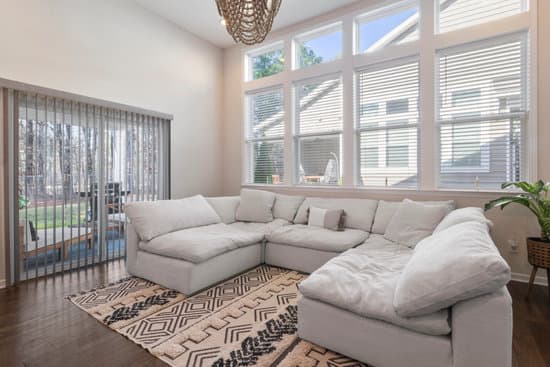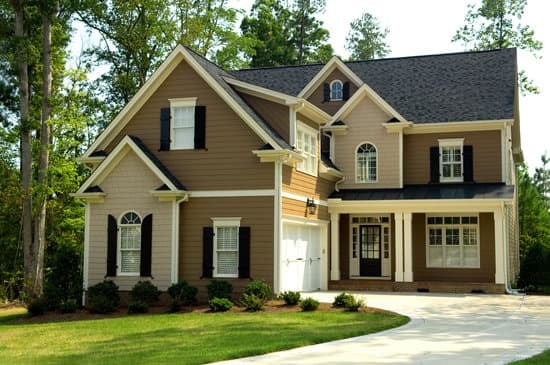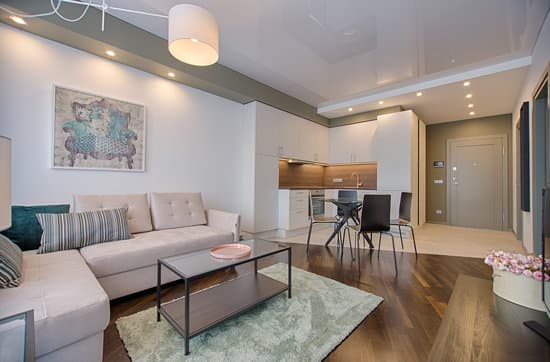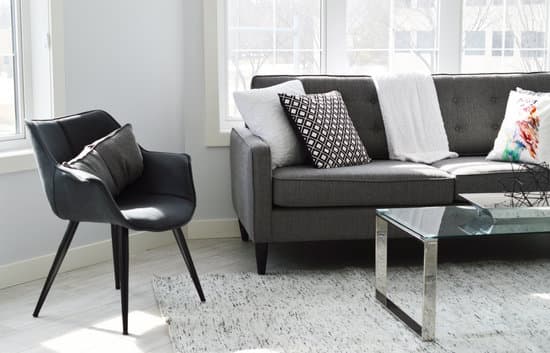Benefits of Layover Roofing
Laying new shingles over old ones could be a viable option for homeowners looking to replace their roofs. One main advantage of layover roofing is that it is less difficult and time-consuming than doing a complete tear-off and installation of a new roof. You can use the old shingles as a guide for the installation of the new ones, reducing the amount of prep work needed. The process also saves money by limiting debris disposal costs and labor expenses. Another advantage of layover roofing is that it can extend the life of your existing roof. The additional layer of shingles offers an extra barrier against the elements, including wind and sun damage, reducing the wear and tear on the underlying shingles. Moreover, it gives extra insulation, saving you money on heating and cooling bills.Factors to Consider Before a Layover Installation
Before deciding about the layover of shingles on an existing roof, certain factors must be considered. One is whether the existing roof is capable of supporting the added weight of the shingles. If the first layer of shingles is in good condition, it usually is, but if it is old and worn, it may not be strong enough to support the new layer. Another factor is the building codes, as some jurisdictions have limitations regarding layover roofing to a single layer of shingles only. Areas experiencing extreme temperatures or having high exposure to UV radiation may demand a complete clear-out of the old shingles for a functional transition to better environmentally friendly roofing materials.Pros and Cons of Adding a New Roof Over Old Shingles
There are several pros and cons to consider about layover roofing versus a complete tear-off and installation: Pros:- Less labor-intensive and time-consuming, reducing installation costs
- Adds an extra layer of protection for the underlying shingles
- Improves insulation and energy-efficiency of the house
- Reduced mess and waste material
- Building codes: Some cities or states restrict the number of shingle layers allowed, hence making it against the law
- Shorter durability compared to complete tear-off installations
- Risk of not covering rotted or damaged wood decking below the old shingles
- The second layer of shingles may alter the look and value of your house externally, reducing it in some cases






